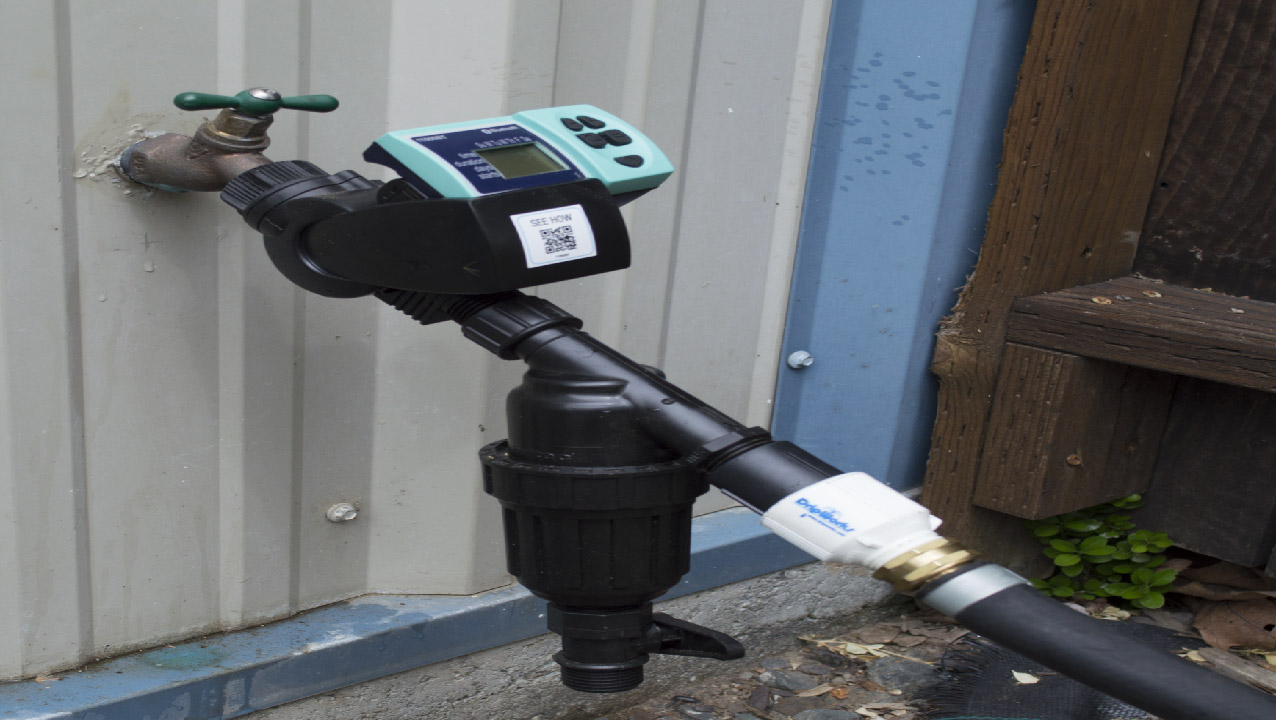Drip Irrigation Pressure Regulator Guide
Jun 9th 2023
One of the most important components to include in your drip irrigation system is the pressure regulator. Without one, your system could face serious issues with consistent pressure throughout your tubing, leading to low flowing areas and decreased performance. During those hot days of summer, consistent water is essential for your plants, especially in extended periods without rain. Pressure regulators reduce the incoming pressure of your water source to one that is appropriate for your emitters or sprayers. Here is your ultimate guide to picking out and utilizing a pressure regulator in your drip irrigation system.
What is a pressure regulator?
A pressure regulator protects against sudden spikes in pressure throughout the irrigation line and maintains a consistent pressure within the system. This ensures the entire system is operating optimally because water typically flows out of the spigot at a higher pressure than drip irrigation systems can deal with. Excessively high pressure can also damage the drip irrigation emitters you have installed. You may come across pressure compensating emitters, but these simply emit water at a pre-set flow rate, regardless of the pressure in the system. They do not regulate the pressure of the irrigation system itself. Most systems, especially if they are located on any sort of slope, gradient or elevation change, would benefit from including a pressure regulator.
When installing the regulator, be sure it gets placed after valves or shut offs. Most regulators are not rated to be under constant pressure. Having a filter is also recommended to ensure debris doesn't enter your irrigation system. If you are looking to simplify or save space, there are also filter/regulator units that come together. Teflon tape, or plumbers' tape, is useful to have on hand to seal pipe threads and prevent leakage.
Choosing the Correct Regulator
The flow rate of your water system should be taken into account when choosing your pressure regulator to be sure they match. Once the minimum specified flow passes through the regulator, the pressure regulator will begin to take effect. If you have low water pressure, the regulator will not be able to operate. DripWorks offers Senninger and Netafim regulators in low flow, medium flow, and high flow, depending on your needs. Most come with a female pipe thread inlet and male hose thread outlet and are available in a variety of sizes to fit your drip irrigation system. If you are just getting started, many drip irrigation kits come with a regulator, so there isn't a need to find a separate one that fits. If you need a pressure regulator that can withstand constant flow then a Senninger Limit Valve is suggested.
It is recommended to check your pressure regulator every three years to ensure it is still in good working order. If you see any leakage or overwatering in some areas, it may be a sign that it's time to do some maintenance or get a new regulator.

